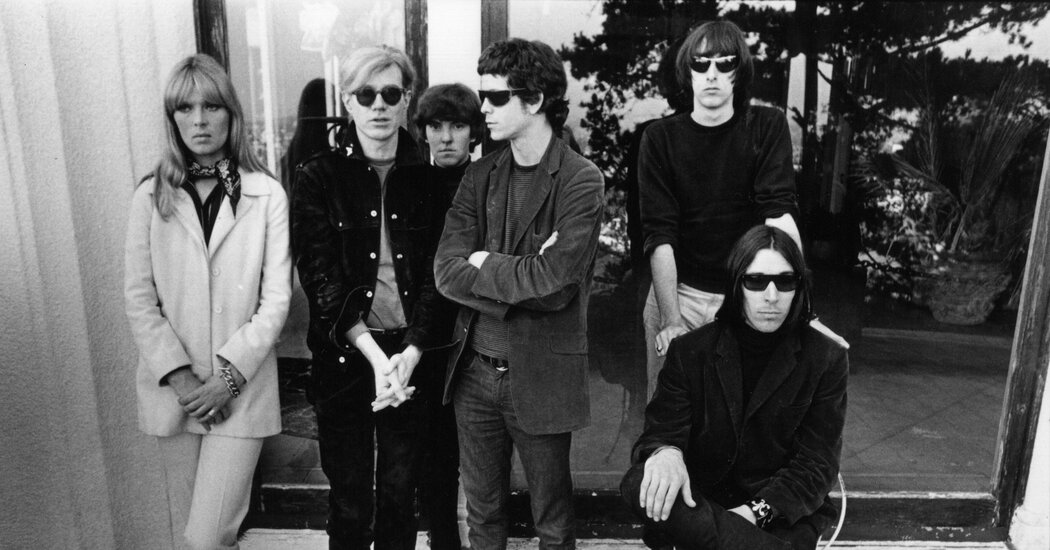Leamer is undeniably excellent at setting a scene, especially a louche one. He knows just when to have someone wonder if he’s caught crabs from a couch or a crotch. And Leamer is very good on rich people playing at being disheveled, tuned to the comic possibilities of that particular brand of tourism. (Holzer, of Florida real estate wealth, announces after seeing the Stones for the first time that “they’re all from the lower classes. … There is no class anymore. Everyone is equal.” Leamer adds that Holzer’s “maid and butler might have disagreed.”) Nearly every page has at least one great sleazy anecdote or pinch of gossip.
The problem is that so many of these scenes, however expertly set, are variations on the same stale theme of boomers getting up to wild stuff because the times they were a-changin’. Does anyone still need reminding that “the ’60s was a decade of radical political and cultural dissent”? Or that it was once considered shocking that a high-culture figure such as Rudolf Nureyev could go straight from a performance of “Swan Lake” to dancing “to rock ’n’ roll in a nightclub wearing dungarees. Dungarees! Not a suit and tie like some uptight New York businessman”? Reading this book felt akin to being trapped in an endless Time-Life loop of jingle jangle mornings, lazy Sunday afternoons and warm San Franciscan nights, the author providing the stentorian voice-over as the usual footage rolls by: Bob Dylan “would soon emerge as the poetic troubadour of the ’60s”; Brian Jones, “addicted to drugs and sex … was on a short road to an early death”; Jim Morrison, “a troubadour of the counterculture … wrote poetic lyrics that chronicled the lives of his generation.”
Such minor sins might have been forgiven had I ultimately gleaned some deep or unforeseen insight into the lives of the book’s subjects — a group that includes Ultra Violet, Ingrid Superstar, Brigid Berlin and other Factory figures — or, failing that, into Andy Warhol’s work. But I got neither. Nor was I convinced by the whopping claim that “without his Superstars, Warhol might never have become a world-celebrated artist.”
Meeting these 10 historical actors in roughly chronological order as they enter Warhol’s life, one has a view of the artist and his milieu that actually narrows rather than widens. Warhol, a shape-shifter so manic and intense that he could slide into several personas in the span of a single season, is here reduced to a necessarily static figure so that the women can bounce off him. Which is fine as a narrative strategy, but then not much happens to the women, either. As each one flickers into view, her upbringing (often troubled) is dutifully covered before she provides some service to Warhol — as entertainment, as emotional consort, as visual material, as key holder to Park Avenue penthouses — and then fades out to make room for the next one. (Sedgwick is the exception, a frequent and always beguiling presence; Solanas, the would-be assassin, and not one of the 10 Superstars, stands out as foil rather than helpmeet, but appears only briefly.)
Rarely is there any sense of genuine collaboration or exchange. The book’s subtitle gives away the game: In the end, these women of varied backgrounds, with their respective dreams and desires, are all here to play the same passive role — to be inevitably and unsurprisingly “destroyed by the Factory fame machine.”
